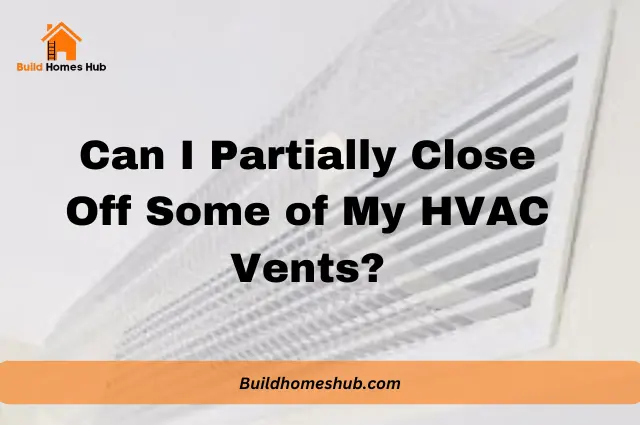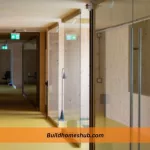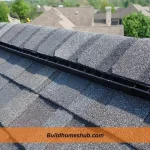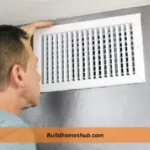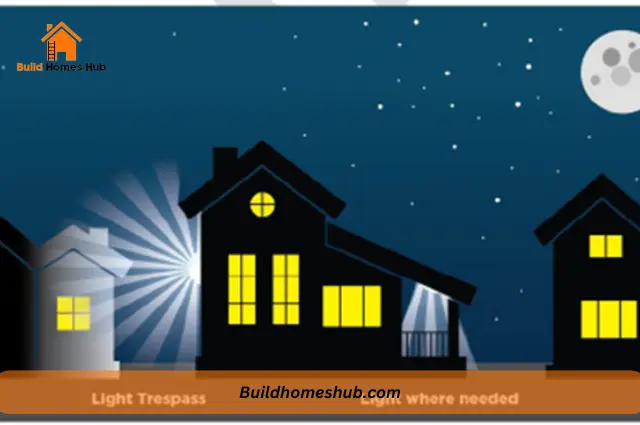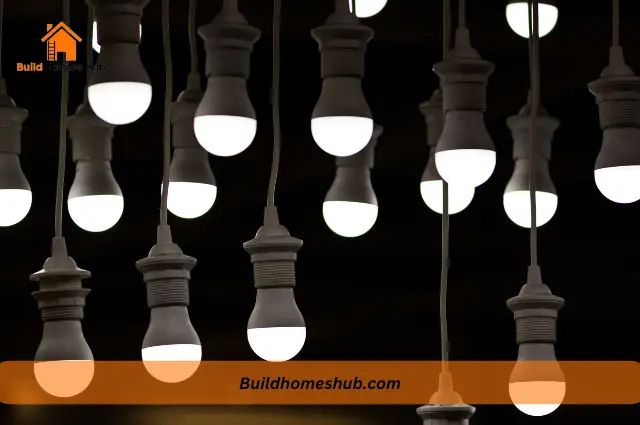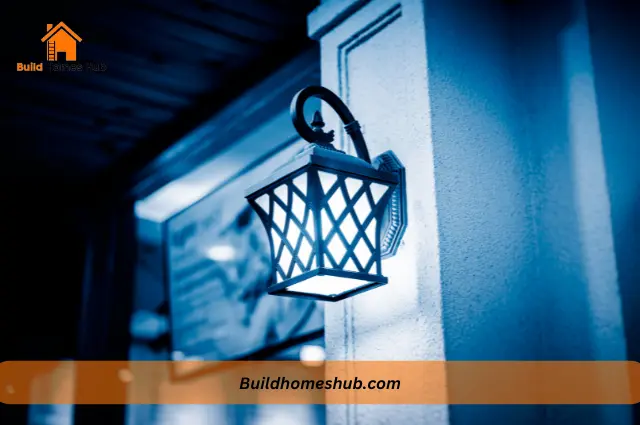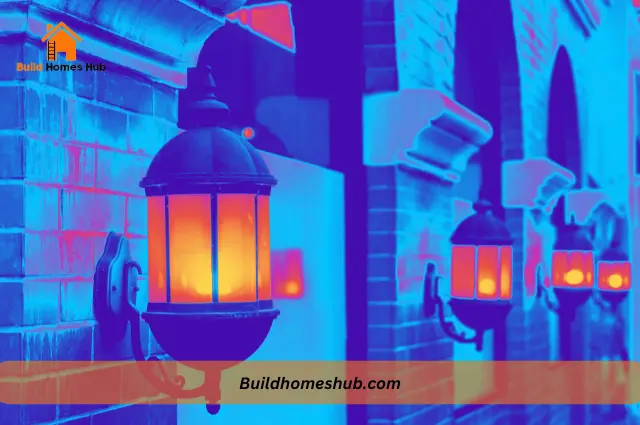The complexities of HVAC systems are often overshadowed by their everyday role in ensuring our homes and offices remain comfortable. These intricate systems are characterized by vents that distribute air throughout various spaces, leading many to wonder about the customization of airflow.
Specifically, homeowners and facility managers frequently ponder the possibility and implications of partially closing off some of these HVAC vents.
Can I Partially Close Off Some of My HVACVents?
Yes, you can. However, While it’s possible to partially close off some of your HVAC vents to adjust airflow in specific areas, doing so can affect the overall efficiency and balance of the system. Restricting airflow can increase pressure in the ducts, potentially causing long-term damage to the HVAC unit, reducing its lifespan, and increasing energy consumption.
If consistent adjustments to airflow are desired, it’s best to consult with a HVAC professional to discuss more sustainable solutions like zoning systems or other modifications that won’t compromise the health of the system.
Advantages of Partially Closing off HVAC Vents
1. Temperature Control
By closing off vents in certain areas, you can redirect airflow to rooms that need it more, potentially creating more desired temperatures in frequented areas.
2. Potential Energy Savings
If you’re not using certain rooms or areas, you might believe that closing vents can save energy by not heating or cooling those unused spaces.
3. Personal Comfort
It can be a quick solution for personal comfort, especially if someone prefers a room warmer or cooler than other areas of the home.
Disadvantages Partially Closing off HVAC Vents
1. Increased Pressure
Closing off vents can increase pressure in the ducts, which might lead to leaks or other damages over time.
2. System Strain
Your HVAC system is designed to distribute a certain amount of air. By closing vents, you may make the system work harder, which can shorten its lifespan.
3. Reduced Efficiency
While it might seem counterintuitive, closing vents can actually reduce the system’s efficiency. The system may consume more energy with increased pressure and strain, potentially increasing utility bills.
4. Uneven Wear and Tear
Parts of your HVAC system might experience uneven wear due to the altered airflow, leading to potential malfunctions.
5. Compromised Air Quality
The increased pressure can pull in unfiltered air from crawlspaces or attics through small leaks in the ducts, which can affect the indoor air quality.
6. Thermostat Misreadings
With the uneven temperatures created by closing vents, the thermostat might get inaccurate readings, leading it to turn the system on or off at inappropriate times.
Other Ways to Balance Airflow in Your Home
1. Adjust the Dampers
Many HVAC systems come with dampers located within the ductwork. By adjusting these dampers, you can control the amount of air flowing to each vent, helping to balance the airflow throughout the home.
2. Install a Zoning System
Zoning systems allow you to divide your home into different zones, each with its own thermostat. This lets you heat or cool specific areas of your home as needed, leading to more balanced temperatures and potentially saving on energy costs.
3. Use Ceiling Fans
Ceiling fans can help circulate air, making rooms feel cooler in the summer and warmer in the winter. Ensure the fans rotate counterclockwise in the summer to push cool air down and clockwise in the winter to draw cool air up.
4. Regular Maintenance
Ensure that your HVAC system undergoes regular maintenance. This includes cleaning or replacing filters, checking for obstructions, and ensuring all components work efficiently.
5. Upgrade the HVAC System
If your system is old or not sized correctly for your home, it may struggle to balance airflow. Investing in a newer, appropriately sized system can make a significant difference.
6. Add Vents or Returns
If some rooms consistently feel too warm or too cold, it may be worth consulting an HVAC professional about adding additional vents or return air grilles to those areas.
7. Thermal Insulation
Ensure your home is adequately insulated. Proper insulation prevents heat loss in the winter and keeps heat out in the summer, reducing the load on your HVAC system and helping maintain balanced temperatures.
Conclusion
In determining whether to partially close off some HVAC vents, one must weigh the immediate benefits against potential long-term drawbacks. While it might seem like a simple solution to achieve desired room temperatures, it’s imperative to understand how this action might affect the HVAC system as a whole, including aspects of energy efficiency and system strain.
I hope to help you make the right choices with my content. I am passionate about building new homes and renovations. Follow me, on my socials, I drop nice stuff that may be helpful.

